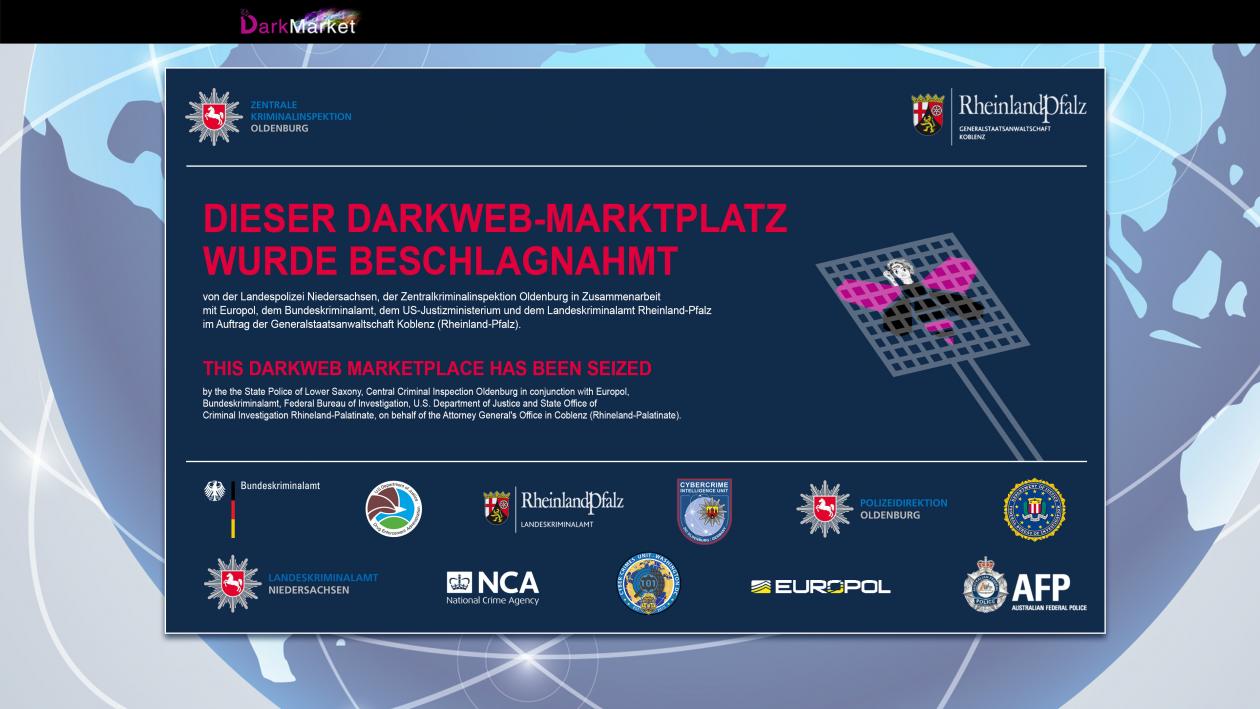Behind the Virtual Curtain: Mysteries of Dark Web Trade
In the depths of the online world resides a concealed world that operates far from the watchful eyes of conventional web users. This realm, referred to as the dark web, functions as a marketplace for goods and services that are commonly wrapped in secrecy. Having its origins in obscurity and non-governed trade, the dark web has turned into a nexus for various forms of commerce, varying from the benign to the unlawful.
Venturing into the dark web is similar to walking through a virtual veil, where anonymous transactions occur regularly. Shadow markets have gained notoriety for facilitating the swapping of illegal goods, narcotics, forged goods, and even additional criminal services. Yet, this covert economy is not exclusively marked by its shadowy sides; it also mirrors the complexities of a cyber age where privacy, security, and freedom of expression converge. Grasping the interactions of these shadow net markets uncovers significantly about the incentives of those who participate in them, as well as the broader consequences for the community.
Grasping the Cryptic Web
![]()
The shadow web is a segment of the internet that is not indexed by common search engines and requires dedicated software to access. This hidden realm sits beneath the accessible web, which is the apparent part of the internet that the majority of users engage with daily. While the dark web often has a perception for illicit activities, it also serves as a environment for privacy-oriented communication, allowing users to share information and express themselves freely, especially in repressive regimes.
Utilizing the dark web typically involves the use of specific browsers like Tor, which masks user actions and camouflages locations. This technical layer is essential to the dark web’s infrastructure, facilitating users to engage in transactions without the worry of government oversight. Although this anonymity is often abused for criminal transactions, it can also support valid uses such as civic activism, whistleblowing, and maintaining personal privacy.
Dark web markets function under various names and offer a selection of goods and services, many of which remain outside the legal framework. These markets enable anonymous transactions, often using cryptocurrencies to enhance the security of buyers and sellers. Despite the intrinsic risks associated with these activities, the dark web continues to attract individuals drawn by the allure of anonymity and the promise of illegal goods and services, all adding to the complex ecosystem of dark web commerce.
Anatomy of Dark Web Markets
Darknet markets exist as virtual marketplaces that enable the exchange of a variety of products and services, often working outside the confines of law. These markets are usually visited through particular programs such as Tor, which masks user identities and provides a veil of confidentiality over exchanges. Within this framework, vendors take on various roles, from selling illicit drugs and forged goods to offering hacking services and illegally obtained data. Each market has its own regulations, interfaces, and transaction methods, with crypto assets like Bitcoin being the most prevalent form of transaction to ensure anonymity.
The design of dark web markets often resembles conventional e-commerce websites, with item listings featuring visuals, descriptions, and user feedback. However, the type of the products being sold means that trust and standing play a critical role in vendor success. Users typically trust feedback and ratings from earlier purchasers to assess the dependability of a seller. This user-driven aspect assists in managing and maintain the integrity of offerings within these markets, despite the inherent risks involved in buying illicit products.
In further to the buyer-seller dynamic, dark web markets also include various safeguards to secure both sides. Escrow arrangements are employed to keep payment until the purchaser verifies receipt of the item, reducing the chances of fraud. Platform managers monitor activities to some extent and can remove problematic users or vendors, striving to create a protected setting. However, the dynamic character of law enforcement tactics and the continual rise of new markets mean that individuals in dark web transactions must remain vigilant and flexible to these shifting circumstances.
Risks and Legal Implications
Participating in transactions within darkweb markets carries substantial dangers that can lead to serious outcomes for people. One of the main concerns is the risk for frauds. Many users are lured by promises of rare products or services, only to end up defrauded out of their money without any way to recover. The anonymity of these platforms can make it difficult to hold sellers accountable, leading to losses for naive customers. darkmarket link
Legal implications are another crucial factor to consider. Authorities across the globe are becoming increasingly watchful in surveilling activities on the darknet. Buying or selling unlawful goods, such as narcotics or stolen data, can lead to harsh penalties, including arrest and legal action. Law enforcement agencies have created advanced methods to trace deals and collect evidence against people involved in illegal commerce on these secret markets.

In addition to legal consequences, there are wider social impacts to darkweb transactions. The presence of these markets contributes to the proliferation of illegal activities, which can have widespread consequences on communities. From the trafficking of illegal drugs to the trading of stolen personal information, the dark web fuels a vicious cycle of crime that can weaken public security and confidence, further complicating efforts to combat such problems in the community.